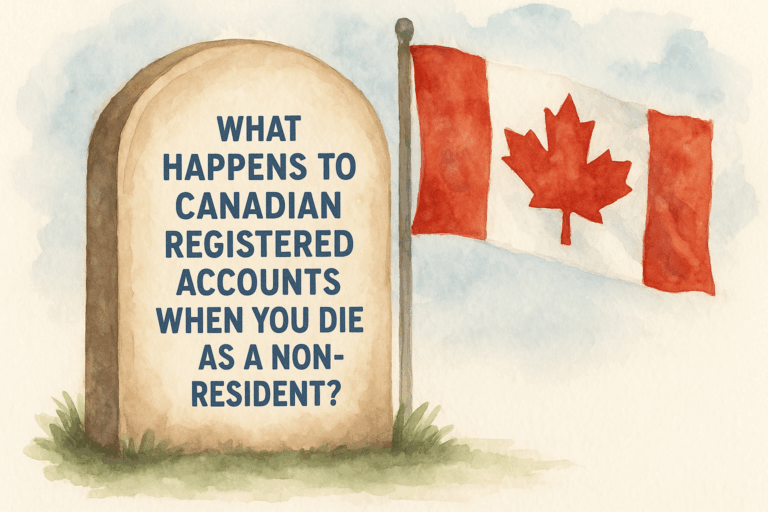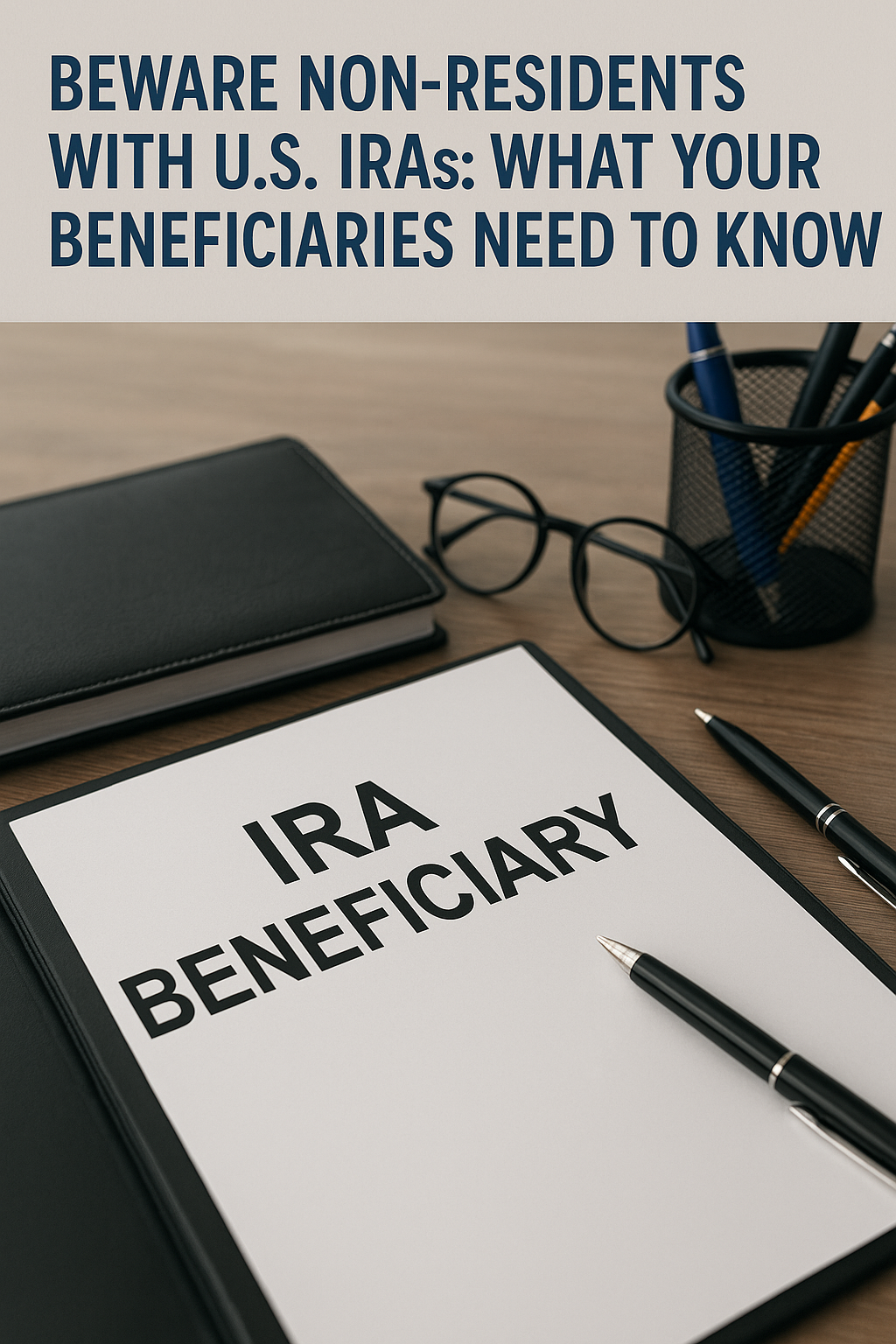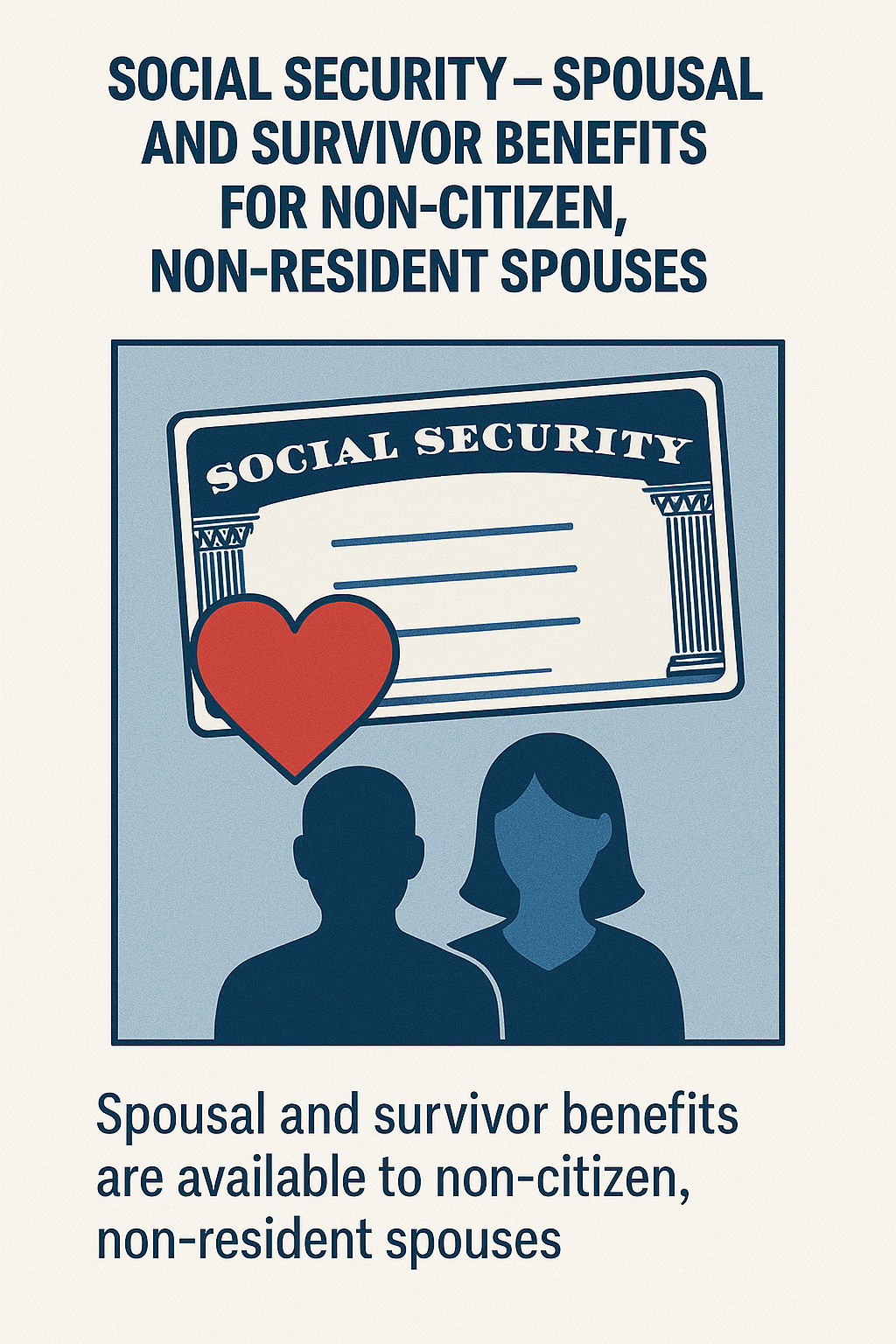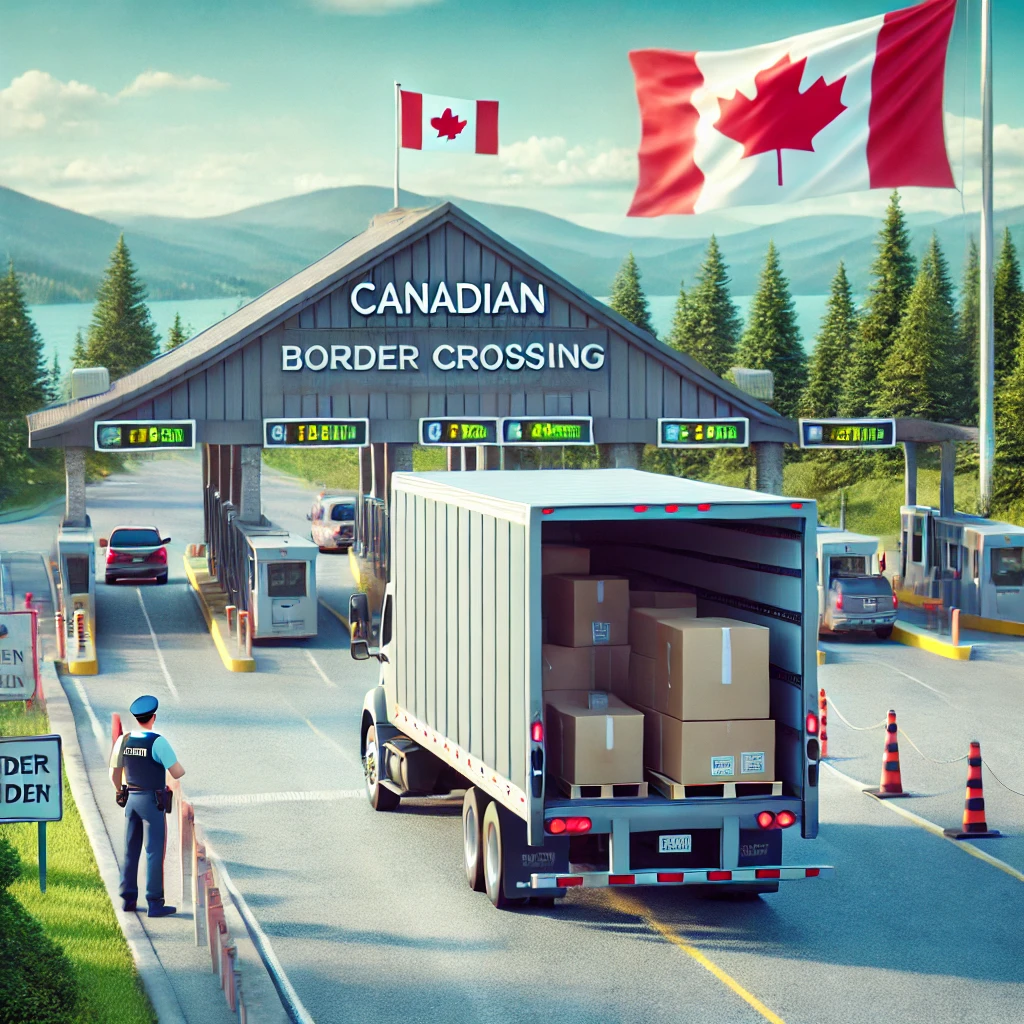 alt="" class="wp-image-1960"/>
alt="" class="wp-image-1960"/>Click Below for you Free Download!
Making the move from the U.S. to Canada requires careful planning. Here’s a streamlined checklist to guide your transition smoothly and stress-free
Before You Move
- Determine your Immigration Path – You need to be a citizen or have a valid immigration Visa to be able to live, work, and have provincial health coverage in Canada. Meet with an immigration attorney to ensure your immigration plans will meet your goals.
- Pre-move Consultation with a Cross-Border Specialist – Meet with a cross-border specialist to discuss pre-move tax planning such as:
- Rearranging your assets to take advantage of income splitting in CanadaPre-move Roth conversionsQuantify your projected tax liability in CanadaReview tax filing requirements in Canada and the U.S. (dates, forms, etc.)
- Gather Essential Documents – Make sure to gather and keep in a safe, accessible place:
- Passports
- Immigration documents (Visas, Work Permit, Etc.)
- Travel itinerary
- Airline tickets
- Prescriptions
- Packing lists
- Pet vaccination records a bill of health from veterinarian
- Explore Moving Company Options – These will vary by area. Moving companies may not service the pick-up and drop-off addresses. Scheduling can be tricky, so start early.
- Prepare to Import your Vehicle – Check the RIV to check your vehicle’s eligibility. You will also have to prove that your vehicle meets the safety and emissions standards for Canada. This documentation will have to come from the manufacturer and it can be difficult to get.
- Plan for Pets to Enter Canada – Check our blog for more information.
- Prepare for the Importation of any Firearms or Alcohol
- Refill Prescriptions – You will not have provincial healthcare for 3-mionths in most cases. Make sure you have enough of your prescriptions to last that long or make arrangements for refills.
- Research the cost of living in your new home to avoid surprises
- Sign up for Social Security Online – Create your Social Security account while still residing in the U.S. at www.ssa.gov/benefits/forms/. A U.S. address is required for account setup, and dealing with Social Security from Canada can be more complex.
- Manage Personal Belongings and Customs – Create a detailed inventory of personal belongings, including their values. Including pictures of the contents of sealed boxes can be helpful. Create two copies of the list, one for yourself and one for customs. This ensures duty-free and tax-free importation. For more details, visit the Canada Border Services Agency website.
After You Move
To read more, Click Below for your Free Download!
To get your FREE downloadable checklist
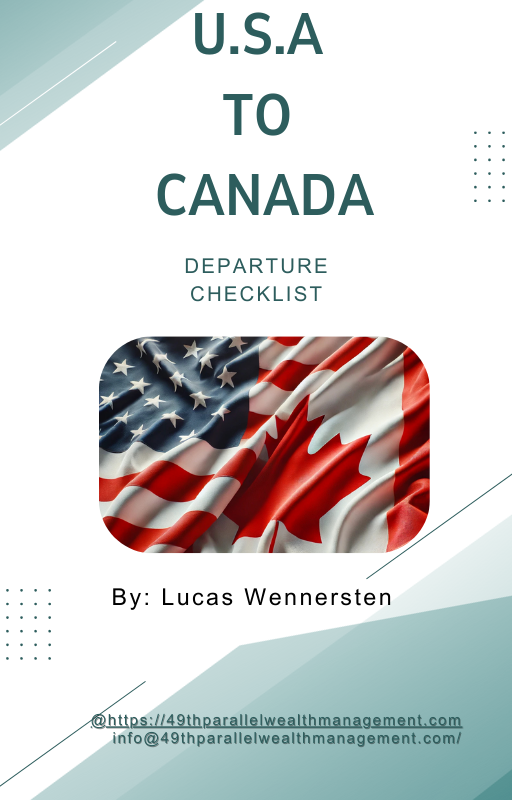 alt="" class="wp-image-1980"/>
alt="" class="wp-image-1980"/>
